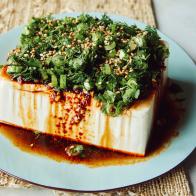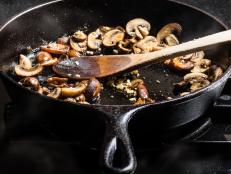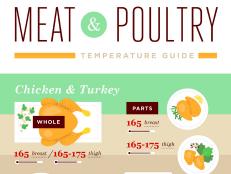1 / 11
Photo: Thinkstock ©
10 Menu Terms to Know
You already know to avoid the word "fried" on the menu if you're looking for a light meal — and for that matter, to forgo anything labeled "diet" or "low cal" if you're in the mood for a treat. But menu language has lots of other nuances that can clue you in to the nutritional profile of the food. Here are 10 terms that help indicate whether a menu item is an everyday choice or more of a special-occasion indulgence.
By Christy Harrison, M.P.H., R.D.











































